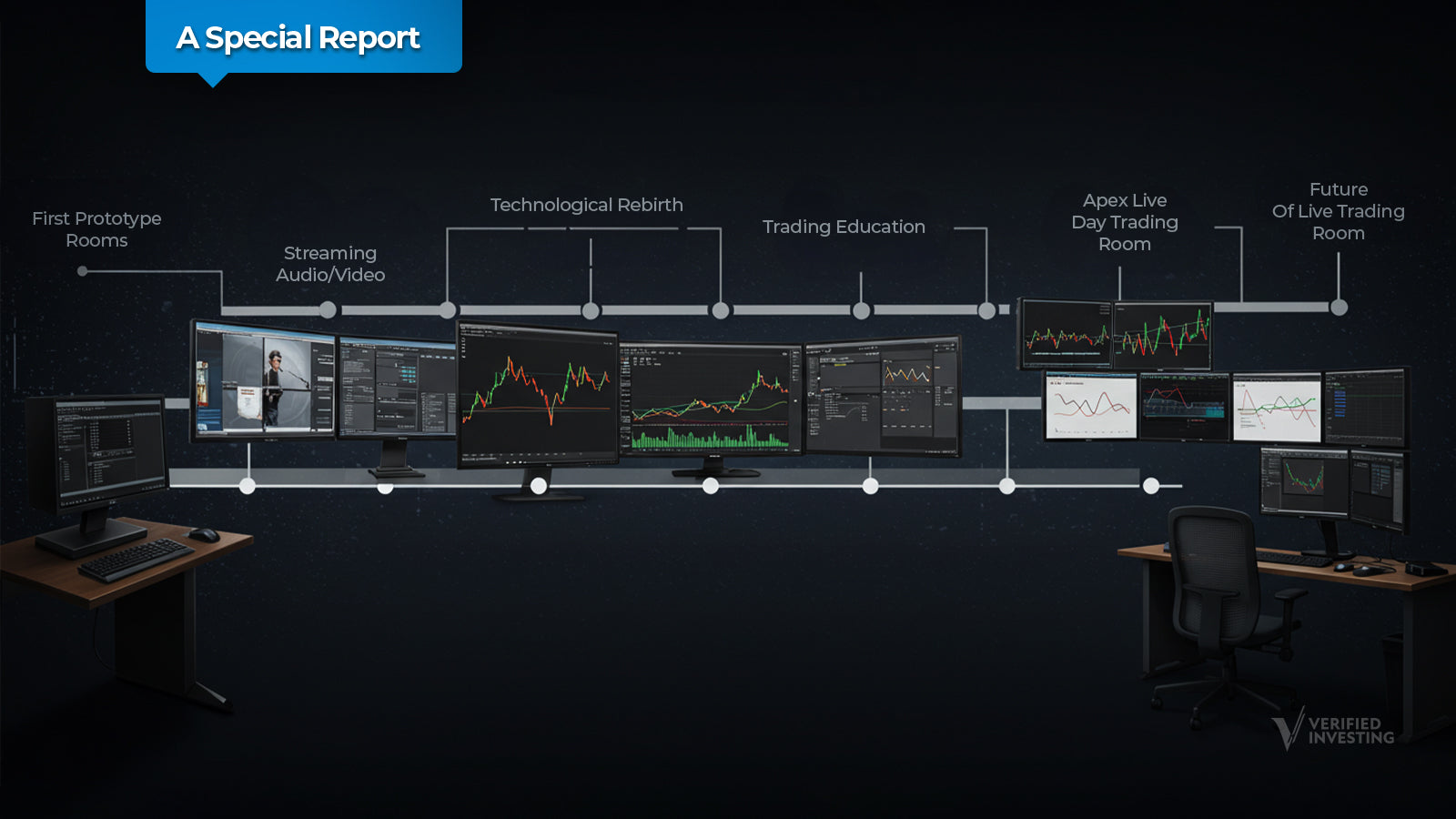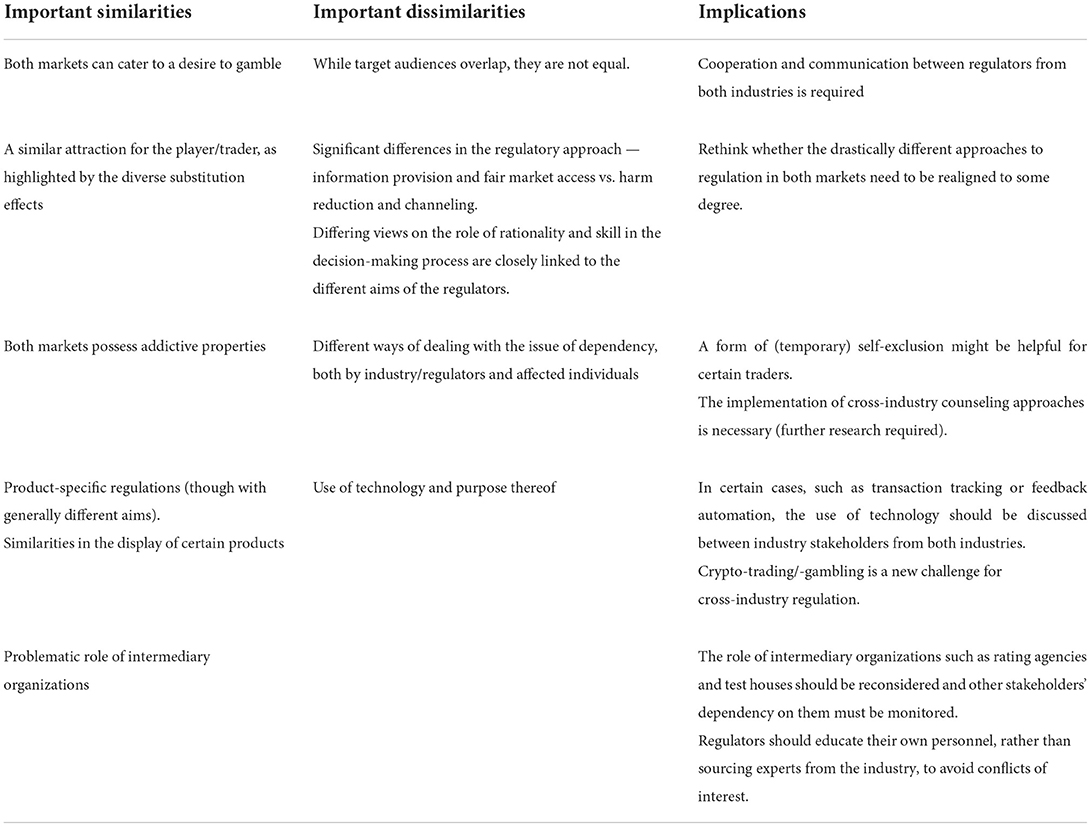Did you know that some traders think "PDT" stands for "Professional Day Trader," when it actually means "Pattern Day Trader"? Regulations can feel like a maze for day traders, impacting strategies, leverage, and even tax implications. This article dives into how regulations shape day trading, covering essential rules every trader should know, the influence of margin requirements, and the specifics of the Pattern Day Trader Rule. We’ll also explore the costs associated with regulatory changes, reporting requirements, and the protections in place for investors. Plus, learn about the compliance risks for non-registered traders and how to stay informed about evolving regulations. Join us at DayTradingBusiness as we unravel the complexities of trading regulations and empower your trading journey.
How Do Regulations Impact Day Trading Strategies?
Regulations limit leverage, enforce pattern day trader rules, and require disclosures, which restrict risky moves and influence strategy choices. They force traders to adapt to margin limits, avoid excessive trading, and follow rules that can delay or prevent certain high-frequency or risky trades. Compliance costs and reporting requirements also shape how traders develop and execute strategies, often making them more cautious and rule-abiding.
What Are the Key Regulations Every Day Trader Should Know?
Day traders must know the Pattern Day Trader rule, requiring a minimum $25,000 account balance. They should understand SEC regulations on margin and leverage, which limit how much they can borrow. Finra rules also mandate proper record-keeping and reporting of trades. Additionally, traders need to comply with anti-fraud laws and avoid market manipulation. Knowing these regulations helps prevent account restrictions, fines, or legal issues.
How Does the Pattern Day Trader Rule Affect My Trading?
The Pattern Day Trader rule limits you to four or fewer day trades within five days unless you maintain a minimum of $25,000 in your trading account. If you fall below that, your account gets restricted, and you can't make further day trades until you meet the requirement. It forces you to keep a sizable account or face trading restrictions, affecting your ability to execute quick, frequent trades.
Are There Restrictions on Leverage for Day Traders?
Yes, there are leverage restrictions for day traders. In the U.S., pattern day traders must maintain a minimum of $25,000 in their trading accounts and are limited to a maximum leverage of 4:1 for stocks. Other countries have different rules, but generally, regulators limit leverage to reduce risk and prevent excessive borrowing.
How Do Margin Requirements Influence Day Trading?

Margin requirements limit how much money traders can borrow to buy stocks, directly affecting day trading by restricting position sizes. Higher margins mean traders need more personal capital, reducing leverage and potential gains, but also lowering risk. Lower margins allow bigger trades with less capital, increasing both profit potential and risk of significant losses. Regulations requiring strict margin rules aim to prevent reckless trading and protect traders from excessive leverage. When margin requirements tighten, day traders may trade less frequently or scale down their positions to stay within limits.
What Are the Tax Implications of Day Trading Regulations?
Day trading regulations impact taxes by requiring traders to report all gains and losses, often classifying profits as either short-term capital gains taxed at ordinary income rates, or sometimes as business income if trading is frequent enough. The IRS treats day trading income as taxable, meaning you must keep detailed records and pay taxes on your net profits. Regulations may also limit deductibility of certain expenses unless the trading activity qualifies as a business. Frequent traders might face additional tax reporting rules, such as Schedule C or 8949, depending on trading volume and intent.
How Do Regulatory Changes Affect Day Trading Costs?
Regulatory changes can increase or decrease day trading costs by altering margin requirements, trading fees, and reporting obligations. Stricter rules, like higher margin limits, can raise capital needs, while new compliance costs from reporting or licensing add expenses. Some regulations may restrict certain trading practices, impacting profitability and operational costs. Overall, they shape the financial and legal landscape day traders navigate daily.
Can Regulations Limit the Types of Assets I Can Trade?
Yes, regulations can restrict the types of assets you can trade. Regulatory bodies may ban or limit trading certain assets like cryptocurrencies, derivatives, or foreign securities to protect investors or prevent market manipulation. For example, some countries prohibit retail trading of specific volatile assets or impose restrictions on leveraged trading for particular securities.
How Do Regulations Protect Day Trader Investors?
Regulations protect day trader investors by setting minimum capital requirements, ensuring they have enough funds to manage risks. They enforce rules on leverage to prevent excessive borrowing that could lead to big losses. Regulations require transparent disclosure of risks and trading fees, helping traders make informed decisions. They also impose restrictions on certain high-risk trading practices, reducing the chance of manipulation or fraud. Overall, these rules create a safer trading environment, minimizing unfair practices and protecting smaller investors from market abuse.
What Are the Reporting Requirements for Day Traders?

Day traders must report their earnings as income on their tax returns, typically using Schedule C for gains and losses. They need to track all trades meticulously, including profits, losses, and transaction costs. The IRS treats active trading income as self-employment income, requiring accurate recordkeeping. Additionally, if trading qualifies as a business, traders might need to pay estimated quarterly taxes. Brokerages often send Form 1099-B detailing year-end gains and losses, which must be included in tax filings. Regulations also require reporting of wash sales and maintaining detailed trading logs to substantiate tax positions.
How Do Regulations Affect Automated or Algorithmic Trading?
Regulations limit the use of high-frequency trading algorithms, requiring traders to register strategies and disclose their algorithms. They set rules on order types, trading speeds, and market manipulation to prevent unfair advantages. Compliance costs increase as traders must implement monitoring systems and adhere to reporting standards. Overall, regulations aim to ensure fair, transparent markets but can restrict the speed and volume of automated trades.
Are There Restrictions on Short Selling for Day Traders?
Yes, there are restrictions on short selling for day traders. Regulators like the SEC impose rules such as the Pattern Day Trader (PDT) rule, which requires a minimum $25,000 account balance to execute short sales multiple times daily. Short selling also faces rules like the uptick rule (Regulation SHO), limiting short sales to situations where the stock price is rising. These rules aim to prevent market abuse and excessive volatility, directly impacting how day traders can execute short sales.
Learn about Are there restrictions on trading certain securities for day traders?
How Do Regulations Impact Offshore or Foreign Day Trading Accounts?
Regulations limit offshore or foreign day trading accounts by enforcing reporting requirements, currency controls, and compliance standards. They can restrict access, impose taxes, or require registration with authorities like the SEC or FCA. These rules aim to prevent fraud, ensure transparency, and protect investors, but they might also increase compliance costs and limit leverage or trading options.
Learn about How Do Regulations Impact Day Trading Capital Requirements?
What Are the Compliance Risks for Non-Registered Day Traders?
Non-registered day traders face compliance risks like fines, account freezes, and legal actions if they violate regulations such as SEC registration or pattern day trading rules. They may be flagged for unregulated trading activities, leading to account restrictions or bans. Failing to adhere to reporting requirements and margin rules can result in penalties and financial losses. Regulatory agencies monitor trading patterns, and non-compliance can also damage reputation and limit future trading opportunities.
How Can I Stay Updated on Changing Trading Regulations?
Subscribe to official financial regulatory agency websites like the SEC or FINRA for updates. Follow reputable financial news outlets and trading forums for real-time alerts. Join professional trading groups or newsletters that track regulatory changes. Use alerts or RSS feeds to get instant updates on new regulations. Stay connected with licensed financial advisors who monitor regulatory shifts.
Learn about How to Stay Updated on Emerging Day Trading Patterns
Conclusion about How Do Regulations Affect Day Trading?

In summary, regulations play a crucial role in shaping day trading by influencing strategies, costs, and compliance requirements. Understanding key rules like the Pattern Day Trader Rule, margin requirements, and tax implications is essential for any trader aiming to navigate the market effectively. Staying informed about changing regulations is vital to mitigate risks and capitalize on opportunities. To enhance your trading knowledge and ensure you're up-to-date, consider leveraging the insights and resources provided by DayTradingBusiness.
Learn about What Regulations Affect Institutional Day Trading?